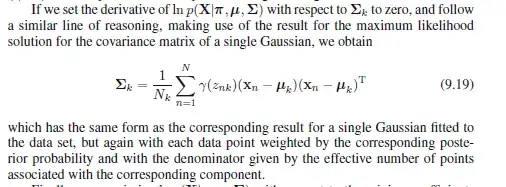I'm exploring some manual approaches to understand whether specific changes on a site can be deemed conclusive and statistically significant.
I appreciate that any A/B testing platform has a reporting part of doing this job; however, changes have been implemented without any platform, so my best bet was pulling out data and doing this exercise manually.
The scenario
36 pages, 24 of which have a feature the remaining 12 have not.
Looking at the daily traffic values, traffic rose by +50% on the group where the feature is in. But I need to provide a confidence interval or a statistically significant coefficient for the senior management.
The two groups of data (8760 & 4380 entries respectively) are heteroscedastic (Levene test suggests it) and not normally distributed (after all they are traffic data).
Note: I believe the data are not normally distributed as the bell curve is not properly centered, but I might be wrong in saying so. Still have to gain experience in this field.
The result
When running a Welch's test as below, I get a p-value that is absnormal:
stats.ttest_ind(faq['traffic'], no_faq['traffic'], equal_var=False, axis=0)
Ttest_indResult(statistic=-23.253270956567135, pvalue=1.3551062210749643e-114)
Now, if the H0 is that the page feature does not influence the traffic, the high p-value here confirms me the opposite.
Question
What I'm struggling to understand is the very high p-value that goes beyond the 100% mark. Am I doing something wrong? Should I use a different test? What to calculate a confidence score?

